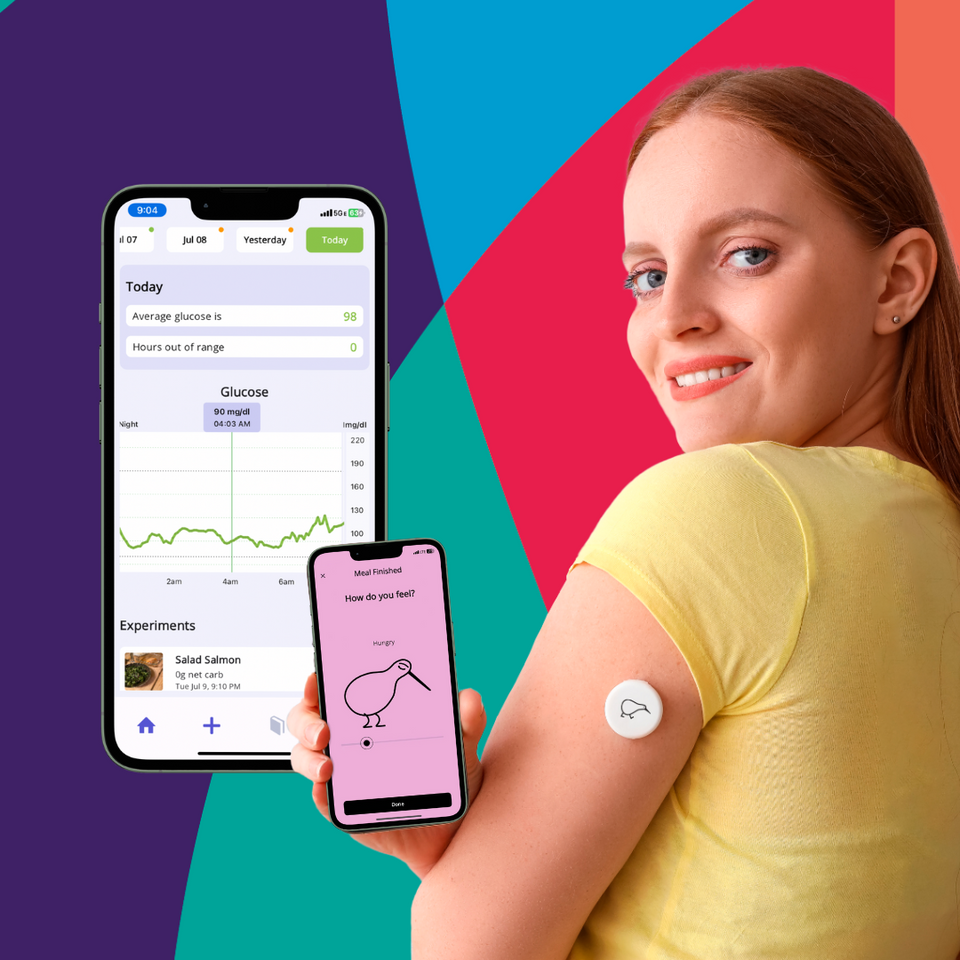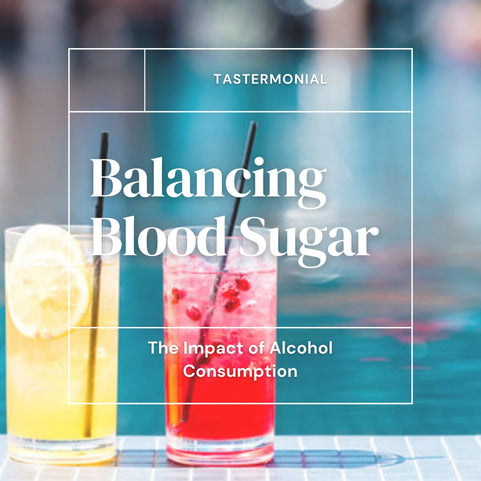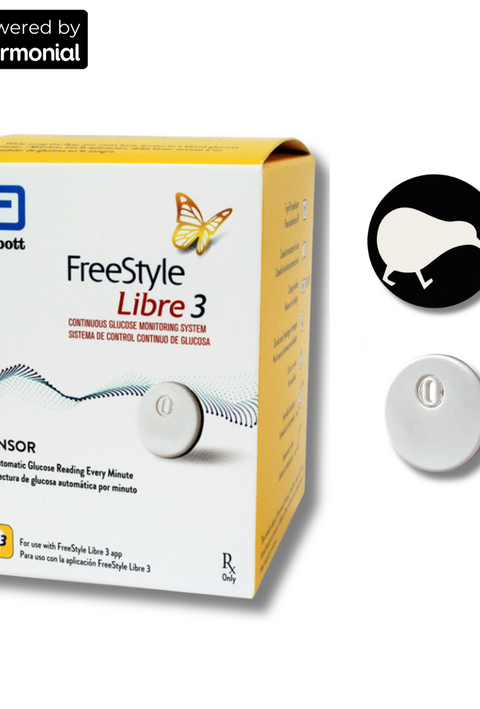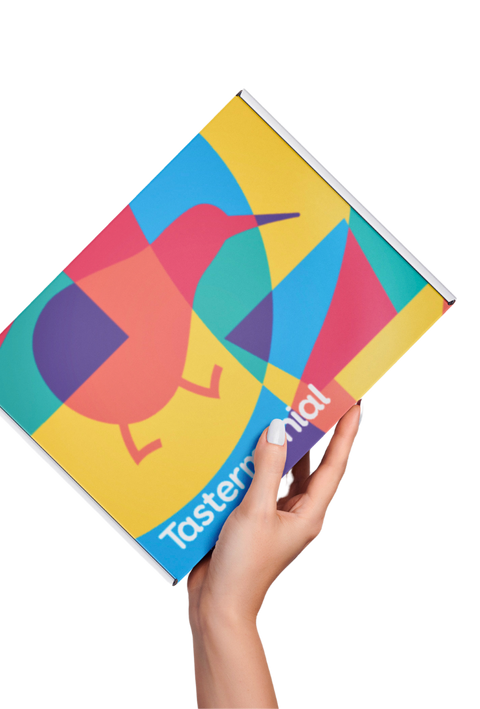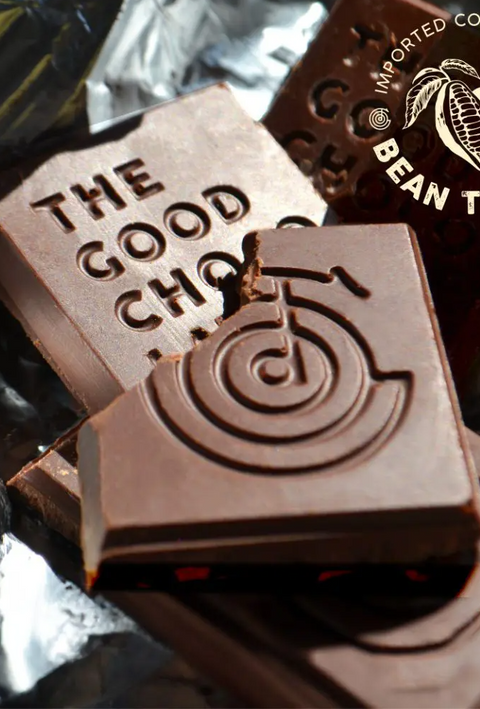
Over the past few months, my team and I at Tastermonial have been deeply immersed in a community-based glycemic impact study. It's been a fascinating journey, revealing how real-world, anecdotal data can provide insights that traditional randomized control trials (RCTs) often miss.
Observing Glucose Spikes to Personalize Food Choices
Central to this study is understanding glucose, the vital sugar that fuels our bodies and influences our health.That’s right, that all-important sugar that powers your brain and can throw your health off track if levels go wonky. Keeping those levels just right - not too high, not too low—is what we’re all about.
Glucose is essential for our survival. Even those on a Keto diet still produce glucose through gluconeogenesis, a process where the body creates glucose from non-carbohydrate sources. Our body needs glucose to produce energy; without it, we can't survive.
As we age, our ability to convert glucose into energy can slow down, leading to spikes and belly fat. Symptoms such as feeling tired, experiencing brain fog, or craving sweets are often linked to glucose metabolism.
Through this real-world evidence study, we've seen how important it is to maintain steady glucose levels. Our goal is to understand the nuances of post-meal glycemic responses to various foods and supplements. By capturing real-world data, we aim to provide insights that can lead to better dietary recommendations and interventions for public health.
This is where insulin resistance becomes relevant.
Insulin resistance occurs when cells don't respond well to insulin, making it harder for glucose to enter cells. This leads to higher blood glucose levels and frequent spikes.
Persistent high glucose levels and frequent glucose spikes can contribute to diabetes, atherosclerosis (plaque buildup in arteries), and heart disease. By maintaining steady glucose levels, our participants reported more energy and fewer cravings, which aligns with the broader health benefits of preventing chronic conditions.
In this article, we'll focus on testing out food and supplement that can help support stable glucose levels.
Achieving a Healthier Diet One Experiment at a Time
At Tastermonial, we conduct practical science experiments to test foods and supplements in real-life settings. Our goal is to identify grocery products that have little impact on blood sugar and supplements that reduce glucose spikes. Using CGM (Continuous Glucose Monitoring) devices, we analyze how different foods and supplements affect our bodies. While these real-world studies aren't as controlled as lab studies, they provide practical insights by capturing everyday conditions, making them invaluable for optimizing your diet and enhancing energy, focus, and weight management.
The verdicts on food and supplement tests
The Battle of Nutrition Bars
Testing out Glucose Spike Reduction Hack with a Herbal Supplement

The battle of the nutrition bars
Based on our past glucose challenges, we compared the individualized glycemic impact of two nutrition bars. Using CGMs and the Tastermonial app, twenty-four self-experiments were conducted to measure post-eating blood sugar levels after consuming the bars on an empty stomach. The average post-meal data showed a clear pattern: the BTR Nation Energy Bar caused smaller sugar spikes, making it a better choice for those wanting to avoid blood sugar spike while staying fuller for longer.

Average Post-Meal Glucose Responses from two different bars
Herbal Supplement Hacks Put to Test with CGM
Controlling cravings with a low glycemic snack is one thing; handling the glucose spike from the full meal is another. Not everyone can follow low carb or keto diets, making supplements like JBA Collagen GlucoTrojan® containing White Mulberry Leaves extract (Reducose®), Mangifera leaves and Banana stem juice a handy alternative for enjoying comfort foods occasionally.
White mulberry (Morus alba) leaves have been used for tea, wine, bean curd, and noodles in Asia. In traditional Chinese medicine, mulberry leaves are used to treat diabetes, as well as cough, sore throats, fever, and bronchitis. Several preliminary studies suggest that white mulberry may reduce elevated blood glucose levels.
In our recent study with 25 participants, we tested JBA Glucotrojan®. Participants ate two identical rice breakfasts—one with the supplement and one without—repeating the experiments twice. Anecdotal evidence suggests that the supplement may help reduce post-meal glucose responses or glycemic impact.

The study data suggested that, on average, the supplement reduced the post-meal glycemic impact by 31%.
The glycemic impact is measured by taking the Area Under the Curve (iAUC) of the glucose levels over 120 minutes after meal. These findings suggest potential benefits for managing blood sugar levels. However, the full study is not yet published. Stay tuned for more detailed results.

Average Post-Meal Glucose Responses from taking high-carb meal with or without the supplement
While real-world observational studies are valuable, they can't replace lab studies' controlled accuracy. However, lab conditions often don't reflect real life. Most nutrition studies, including RCTs, face challenges in controlling behaviors over time, leading to variability and reduced applicability. Real-world studies, though less precise, capture everyday factors like stress and activity, making them useful for understanding food effects in natural settings.
At Tastermonial, we believe the key to fixing the metabolic health crisis is improving the food system. We greatly appreciate those who participate in our trials, as their efforts help us rigorously evaluate health food and supplement claims to ensure they deliver on their promises.
Relying on the Food Industry: A Necessary Evil?
In a world flooded with conflicting health advice, figuring out which dietary supplements or food brands actually work can be overwhelming. Everyone's body is different, making it even harder to find clear answers.
That's why our community-driven clinical studies aim to generate real world evidence often lacking in scientific literature. We share our findings to help you cut through the nutritional noise by testing the claims of various food and supplement brands.
Personalizing Your Nutritional Journey with CGM
The Tastermonial app is a free tool designed to help you stabilize blood sugar, increase energy, reduce cravings, and improve overall well-being. By connecting it to your Continuous Glucose Monitor (CGM), you can run experiments to compare the post-meal glycemic effects of different foods and supplements. For example, eating an instant oatmeal might cause a rapid glucose spike, leading to a quick return of hunger, while oatmeal with yogurt may result in a steadier glucose rise, keeping you fuller longer. Tastermonial app is integrating a feature to log satiety, showing the link between glucose levels and how full you feel.

Understanding the power of CGM devices
Studies have shown that CGM devices can provide valuable insights into how various products affect the general population. But did you know you can also conduct your own small-scale, personalized studies? Tastermonial offers a free mobile app that allows you to log your food intake, experiment with the supplement and see its impact on your blood glucose levels and satiety.
How to run your own experiments with CGM?
By using our app in conjunction with a CGM device, you can discover which foods work best for your body and lifestyle. Here’s how you can get started:
- Scan and Track : Use the app to scan the barcodes of the foods you consume.
- Monitor Your Glucose : Let your CGM device continuously track your blood glucose levels.
- Analyze Your Data : Review the data to see how different foods affect your blood sugar.
These experiments empower you to make informed decisions about your diet, optimizing your blood sugar levels for better weight management, increased energy, and improved mental focus.
Disclaimer: The information provided in this blog is based on community-based anecdotal evidence and should not be considered professional medical advice. Always consult with a healthcare professional before making any changes to your diet, supplement regimen, or health practices.

